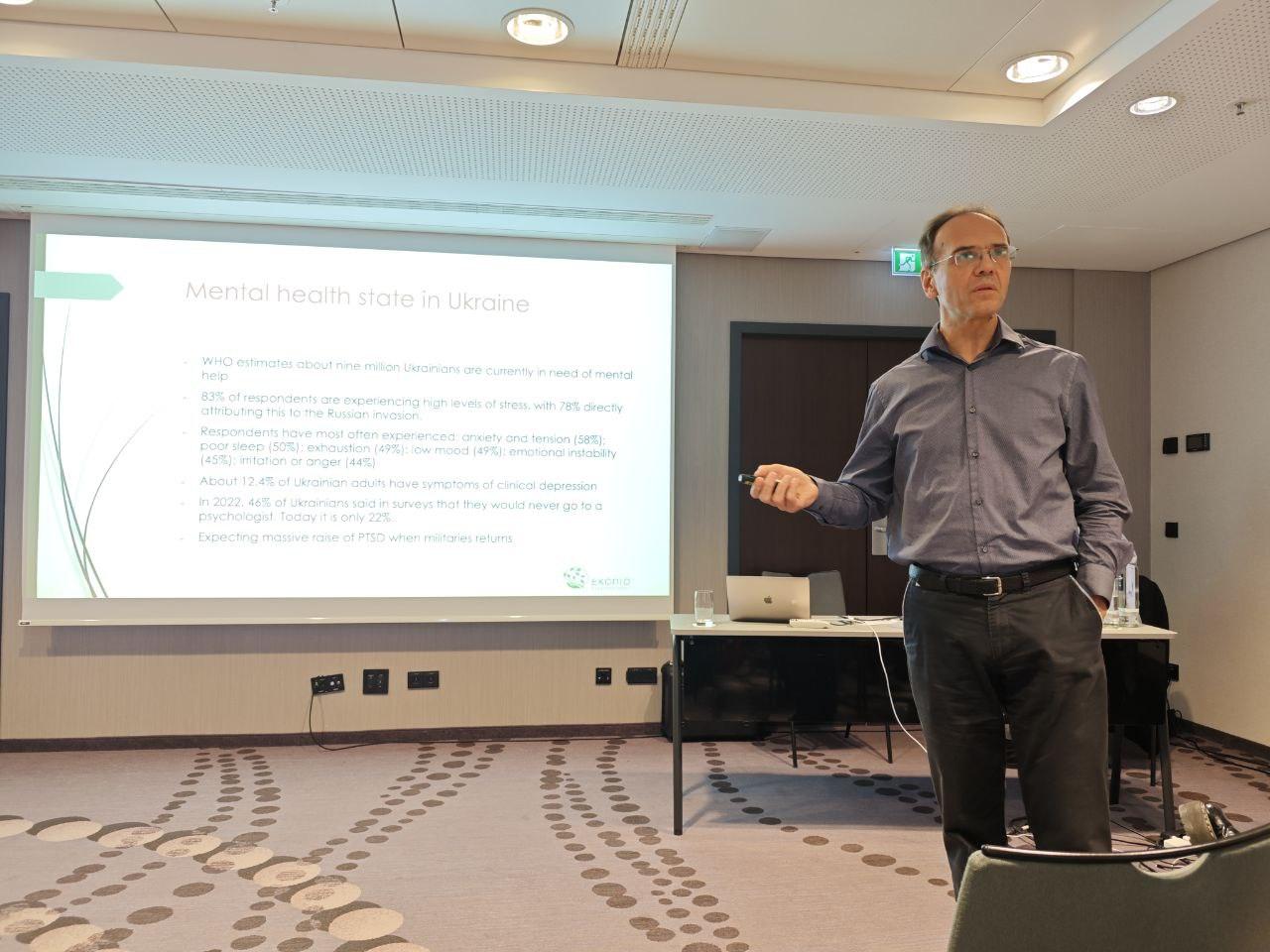Migraine is a serious medical condition, more common than diabetes, epilepsy, and asthma combined. An attack most often involves a throbbing headache, sometimes localized to one side, which may be accompanied by sensitivity to light, sounds, or smells, and may be accompanied by nausea, vomiting, and blurred vision.
Modern research shows that migraine patients have an imbalance between the areas of the brain that process pain, which can lead to increased sensitivity to irritating factors. Recurrent attacks lead to functional and structural changes in the brain that contribute to the transformation of migraine into its chronic form.
Psychological factors play an important role in the phenomenon of this disease, allowing us to consider migraine a psychosomatic problem. The so-called "migraine personality type" is described, characterized by increased sensitivity to stress factors, high levels of anxiety, ambition, diligence, rigidity, responsibility, and a tendency to strictly follow generally accepted norms of behavior. In response to painful influences, such patients are more likely to use such maladaptive coping strategies as catastrophizing and self-blame, which leads to an even greater subjective experience of pain.
Also, family, socioeconomic and cultural factors, past traumatic life events can predispose to the development of chronic pain syndrome. The most significant psychological consequence of prolonged and intense pain is the loss of basic trust in the world, which allows a person to build relationships with others and build a long-term life perspective by default. This leads to a reduction in the individual's life perspective, forming the psychological "soil" of chronic depression. That is why psychotherapy should be included in migraine treatment.
Transcranial electrical brain stimulation (TENS) is a good non-drug treatment for migraines. It is widely used to eliminate headaches of various origins due to its analgesic effect, and also has a positive effect on the processes of repair and improvement of the psychophysiological status of a person. Studies have shown that the effectiveness, absence of side effects and reduced dependence on medications make it possible to use TENS in complex therapy
Recently, it was discovered that ketamine infusions, which have already proven effective in treating depression and chronic pain, can also quickly inhibit and prevent migraine attacks.
Scientists have shown a disturbance in the ratio of "excitatory" and "inhibitory" neurotransmitters in migraine, in particular the neurotransmitter glutamate, whose excessive release is involved in pain mechanisms. It is its receptors that ketamine blocks, reducing pain signals. This unique ability to "reconnect the dots" allows ketamine not only to stop the pain of an attack within a few minutes, but also to reduce its recurrence in the future.
Dr. Carlos Zarate, chief scientist at the US National Institute of Mental Health, says that with ketamine, "we can help with migraines within hours."
Due to the fact that each person is unique and differs both physiologically and psychologically, it is obvious that treatment should be individualized. That is why we select the most appropriate treatment for each patient, which allows the patient to gradually get rid of symptoms, and some for the first time in many years resume the life activities they have missed for so long.
By combining psychotherapy with ketamine infusions, TENS, Neurohelp brain rehabilitation, body-oriented therapy, and art therapy, patients' health can be significantly improved.

















